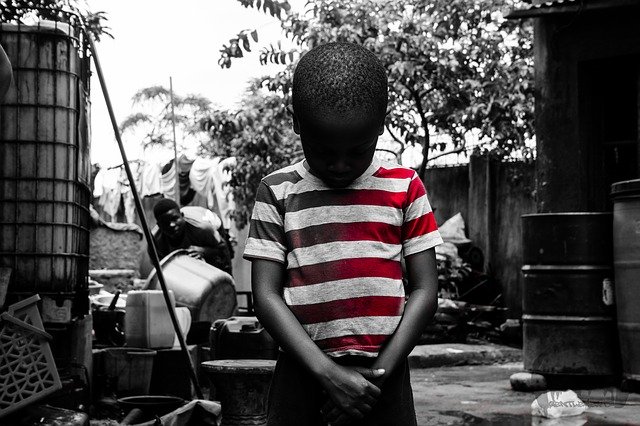A new report released by Statistics South Africa has revealed that 6 out of 10 or 62.1% of South Africa’s children aged 0–17 years are multidimensionally poor.
Poverty is experienced very differently for children than it is for adults. Children rarely have control over their household finances and are forced to rely on others for their needs. As a result, child poverty is measured differently to the poverty experienced by the rest of the population.
“A child is identified as poor if he or she lives in a household whose income or expenditure is below a given poverty line. Even when a household has an adequate level of income they may not necessarily redistribute the resources appropriately within the household according to the specific needs of each of its members. Since children are not the decision-makers in the household, this is of significant importance,” states StatsSA in their report.
Money is just one dimension of poverty, while others include health, housing, nutrition, protection, education, information, water and sanitation.
A child’s physical, psychological and social development is hindered as a result of poverty.
“Children who experience multidimensional poverty will miss out on key aspects of their life which usually help them develop and reach their full potential, including an education, easy access to clean water, access to health care and a sense of feeling safe. Even if they are not experiencing monetary poverty, they may be deprived in many other dimensions which will impact the rest of their lives,” continues the StatsSA report
According to StatsSA data, roughly 13.1% of children were deprived in at least one dimension in 2015, while 80% were deprived in at least two. On average, South African children are deprived in at least four of the seven dimensions.
“Given that the needs of children differ depending on their age, children will experience different dimensions of poverty depending on their age at that point in their lives. The three main contributors to the state of poverty of children in the early childhood development phase (0–4 years) were their housing circumstances; water, sanitation and waste disposal; and health circumstances.
“On the other hand, education, housing circumstances as well as water, sanitation and waste disposal dimensions were the three main contributors to the poverty situation of children in the primary childhood development phase (5–12 years) and children in the adolescence phase (13–17 years),” states the StatsSA report.
South African provinces with more rural populations experience higher levels of poverty, such as Limpopo (82.8%), Eastern Cape (78.7%) and KwaZulu-Natal (75.8%).
In contrast, less rural areas experience far lower levels of poverty, namely Gauteng (33.6%) and the Western Cape (37.1%). These provinces experience poverty rates that are lower than the national average of 62.1%.
It has also been noted that metropolitan areas experience lower levels of poverty at roughly 39.6%, while non-metropole areas have an average of 73.7%.
No matter where they live, it seems South Africa’s children have it hard and this is affecting how they grow and who they become in life.
Picture: Unsplash

